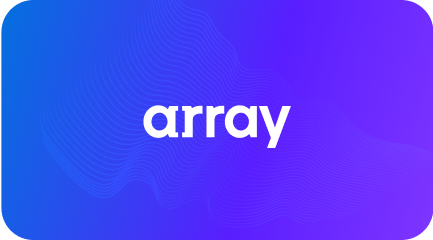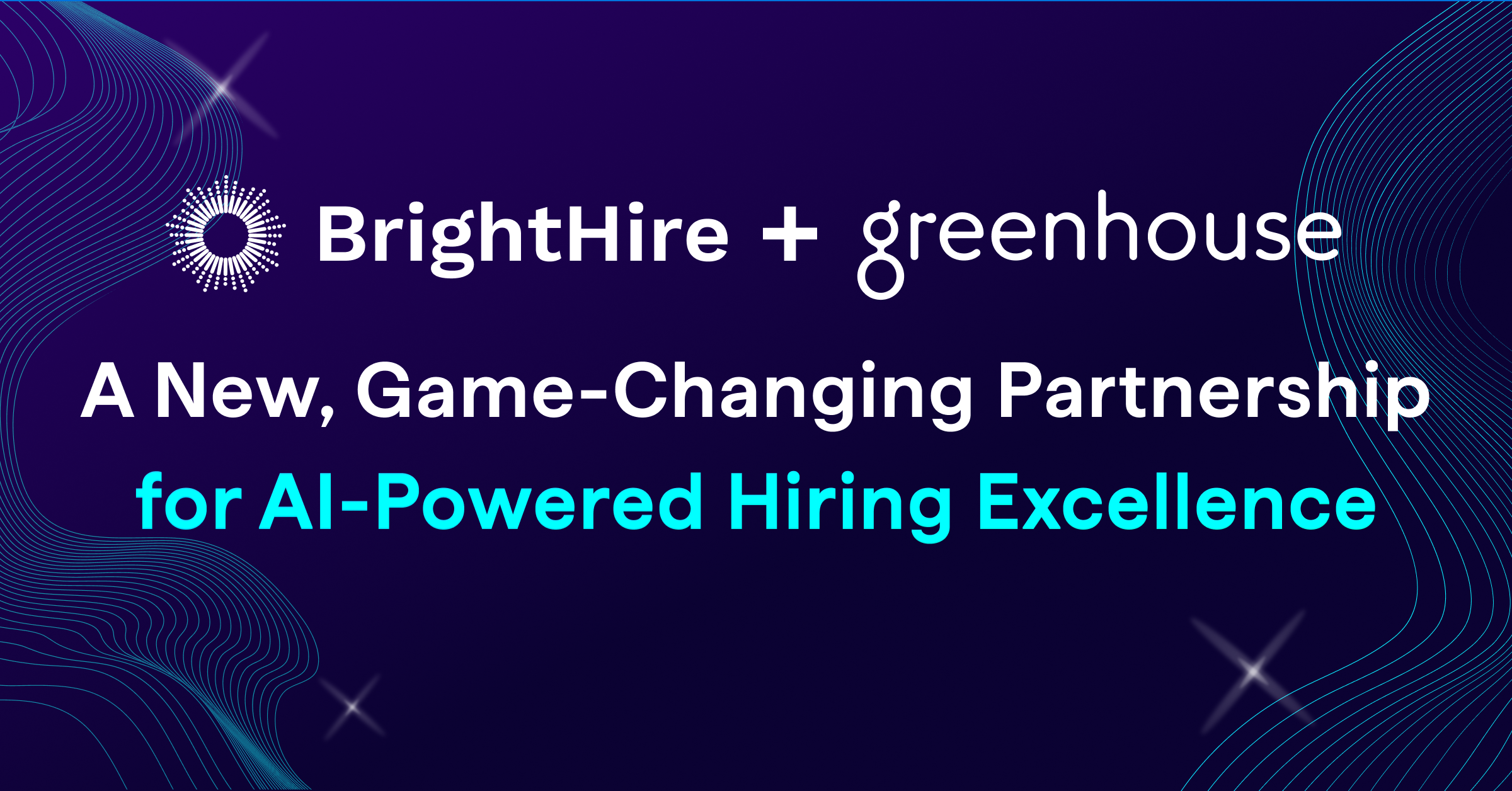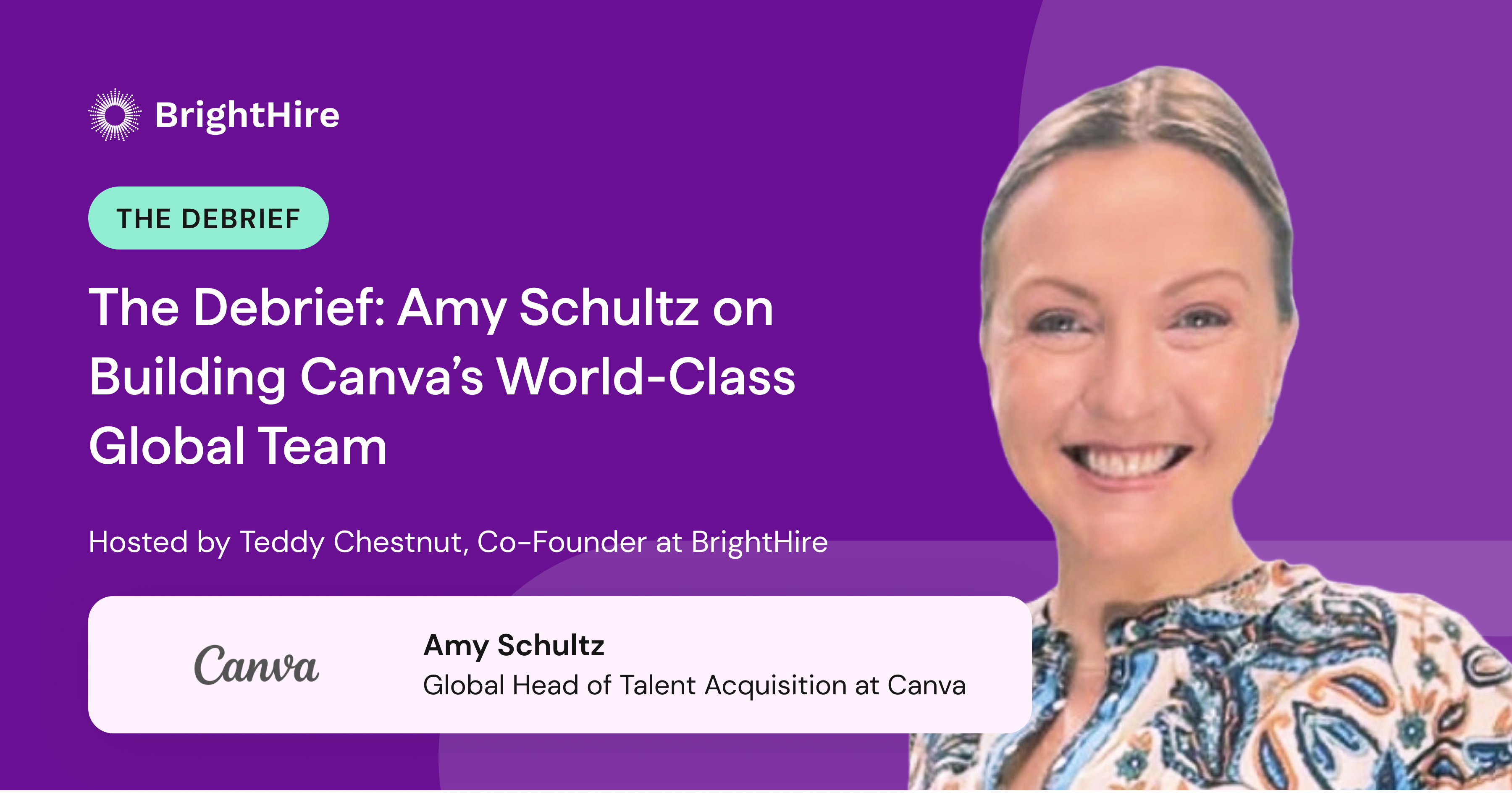Your team spends countless hours interviewing. But even after all that time and energy, mistakes happen and mis-hires are made, and you’re left scrambling to fill the role again just months later.
Getting stuck going round and round on the carousel of poor hiring decisions is more common than you might guess. Serial entrepreneur Mads Faurholt-Jorgensen said, “Leaders spend 10% of their time recruiting and 90% of their time making up for the recruitment mistakes.” In other words, we end up spending significantly more time slapping a Band-Aid on our hiring process rather than going to the root of the problem and fixing it.
So how do you break free of the cycle of poor hiring? It all comes down to 5 fundamental problems with how we hire today. By understanding the problems and the steps you can take to fix them, you can transform hiring from your team’s biggest weakness into your greatest strength.
Read on to uncover the 5 most common hiring problems, why each one is so costly, and the steps you can take to fix them.
What’s at stake with the old way of hiring
Before we dive into what’s broken with how we hire today, let’s start with what’s actually at stake here. Hint: It’s not just your team’s time, your company’s reputation, or your hiring quotas. There’s so much more that lies below the surface that’s impacted every time you make a mis-hire.
Poor, outdated hiring practices impact:
- Quality of hire. Quality of hire is all about the value new hires bring to your team and company. When you make the wrong hiring decisions, quality of hire declines, employee turnover goes up, money gets wasted on repetitive hiring and onboarding new hires, productivity is out the window, and – ultimately – morale can be severely damaged.
- Diversity. Negative, unfair interview experiences can leave candidates running for the hills. If your hiring practices are biased, it’s impossible to attract diverse talent and build an inclusive company culture.
- Efficiency. No one wants to waste valuable time and resources. But that’s exactly what happens when you have an unstructured interview process that steals precious hours away from hiring teams across your company.
- Company culture and reputation. Bad interviews are the gateway to negative Glassdoor reviews and a tarnished reputation. When that happens, it’s incredibly hard to attract future candidates.
- Offers. If your hiring practices aren’t up to a candidate’s standards, your offers will take a hit. In today’s competitive market, a poor candidate experience equals more offers declined, longer hiring cycles, and lower quality of hire.
Now that we understand what’s at stake, let’s examine the five most common problems plaguing how we hire today.
The 5 biggest hiring problems & how to fix them
Hiring problem 1: Interviewers don’t know how to detect a great candidate
Interviewing isn’t something we’re all born great at. It requires training. Yet we’ve all been in interview training programs that were more effective at putting us to sleep than teaching critical skills needed to detect signal and make informed decisions.
After all, interviewing is just a conversation…Right? Wrong! Interviewing actually requires interviewers to do six things very well:
- Identify key competencies in candidates based on their answers
- Differentiate good from great candidates
- Finish an interview with high confidence that they’ve assessed the candidate correctly
- Pitch or showcase to candidates why their company may be a good fit
- Conduct a structured interview to get the most important and relevant information
- Consolidate learnings to provide the right information to hiring managers
The root of the problem is one-off interview training programs that are designed for compliance, not quality of hire. These training programs fail to teach interviewers the fundamental skills they need to hire well. Plus, they aren’t created to support how we actually learn.
True learning happens when there are continual opportunities to practice skills and gather more information. Not from a surface-level class that tries to cram all of the information into two hours.
How to fix this problem: build an effective interview training program
An effective interview training program goes beyond the basics of interviewing. Instead, it equips interviewers with the skills to run great interviews, detect candidate signal, and provide detailed feedback that allows you to hire well.
Whether you’ve got an outdated interview training program that needs a refresh or you’re starting from scratch, here are three resources you can use to build an effective program in just one day:
- The complete guide to interview training. Get tips from talent teams leading the way in interview training and uncover the four steps to building a top-notch program.
- Interview training slide deck & facilitation guide. This 62-slide customizable deck includes 12 activities, breakout sessions, and group discussions, plus a facilitation guide that walks you through presenting the training session.
- BrightHire’s Interview Training Suite. An always on and available on-demand training program that uses real moments from your interviews to teach interviewers critical skills anytime, anywhere.
Hiring problem 2: Leaders lack data to detect interview trends and improve the way they hire
Around 73% of enterprise talent leaders say data is critical to staying competitive. Yet even though data is at the top of most leaders’ lists, they often lack it in one vital area: interviews.
When you don’t have interview data – like the average time candidates are speaking, the average number of questions asked during an interview, what percent of interviews start on time – it’s impossible to know what’s really happening in interviews. Even after spending hours upon hours on hiring, without interview data, there’s no way to understand the trends in your interview process and how to quantify its success.
No interview data leaves leaders wondering:
- Is my interview training program actually effective?
- Are interviewers asking the right questions and getting the signal we need to make a good decision?
- Who are my best interviewers? Who needs improvement?
- Are we wasting time and money on too many interviews?
- What’s causing us to make mis-hires?
- What’s holding us back from hiring excellence, quality, and efficiency?
How to fix this problem: find a way to get interview data
BrightHire Insights provides leaders with real, actionable data about your interview process, so you can improve the way your teams attract and select high-quality talent and detect trends that may be impacting performance.
With this interview data, you can:
- Get visibility into your interviews to understand what went wrong with mis-hires and how you can fix your interviews moving forward
- Track how much time and resources you’re spending on interviews to ensure you have correct resource allocation
- Assess the effectiveness of your interview training program and make updates as needed
- Ensure interviewers are asking the right questions
Learn more about BrightHire Insights.
Hiring problem 3: Interviews aren’t designed to optimize for quality of hire
The best hiring processes share one thing in common – structure. Research shows structured interviews can better predict a candidate’s job performance and reduce bias in the hiring process.
Without structure, your interview process can quickly turn into the wild west. Here are four red flags that your interview process is unstructured:
- Interviewers lack the correct questions to get signal on core competencies
- Interviewers don’t “stick to the script,” resulting in inconsistent interviewing across candidates for a role
- There’s poor calibration among interviewers and a lack of mutual understanding of what good answers sound like
- There are gaps in understanding each candidate’s core competencies
How to fix this problem: align on competencies and interview questions
What does a structured interview process look like? It defines roles for your interviewers, aligns hiring managers and interviewers on competencies, and standardizes your questions for candidates.
Here are three resources you can use to build a structured interview process:
- Align your hiring managers and interviewers using this template from the team at NextRoll. Just create a copy of the template, add in your competencies, note your interview questions, and you’re all ready to run a more structured process.
- Create a strong candidate success profile. Use this template to create job descriptions and postings that reflect your team’s needs, write helpful interview questions, and keep your team aligned as you interview and assess candidates.
- Use an interview intelligence platform like BrightHire. With BrightHire, you can create Interview Guides that help interviewers ask the right questions in the same order, every time. Just preload questions into your guide, and they’ll be automatically served to interviewers during the interview.
Hiring problem 4: lack of visibility into interviews drives bias and indecision
For most teams today, interviews are a black box. Because memory recall declines to 44% just one hour after an event, hiring decisions are made on hearsay, recollections, and notes.
This happens all too often during debriefs. For example, when a difference of opinion comes up in a debrief, there’s no way to get to the bottom of it and dive deeper into understanding the discrepancies. This opens the door for bias to creep in, slows down decision-making, which can cause hiring bottlenecks, and ultimately requires you to reject candidates or take a leap of faith.
How to fix this problem: record & revisit your interviews
With an interview intelligence platform like BrightHire, you can record and transcribe interviews, watch and share key interview moments, and evaluate candidates in their own words. This visibility is a game changer for talent acquisition teams, allowing them to hire better, faster, and fairer.
Hiring problem 5: poor candidate experience
If your interview process is leaving candidates with a negative experience, chances are you’re going to miss out on some great talent. It just takes one bad experience to turn candidates off from a company and lead them to decline a job offer.
One big reason for a negative candidate experience? Distracted interviewers. And it’s no wonder why. It’s impossible to give a candidate your undivided attention while trying to ask great questions, get good signal from answers, listen intently, take thorough notes, and battle the constant distractions on your computer.
How to fix this problem: help interviewers focus on candidates
With the BrightHire Interview Assistant, interviewers can finally focus on one thing: the candidate. The Interview Assistant solves the trickiest parts of interviewing, like:
- Knowing what interview questions to ask
- Capturing great notes, so you don’t lose important context
- Providing quality feedback in your ATS scorecard with one-click scorecard completion
Learn more about the Interview Assistant.
Bring your interview process up to today’s standards.
Say goodbye to the old way of hiring. Now you can build a best-in-class interview process that raises your quality of hiring with BrightHire. Book a time with one of our interview intelligence experts today to find out how we can help you transform the way you hire.









